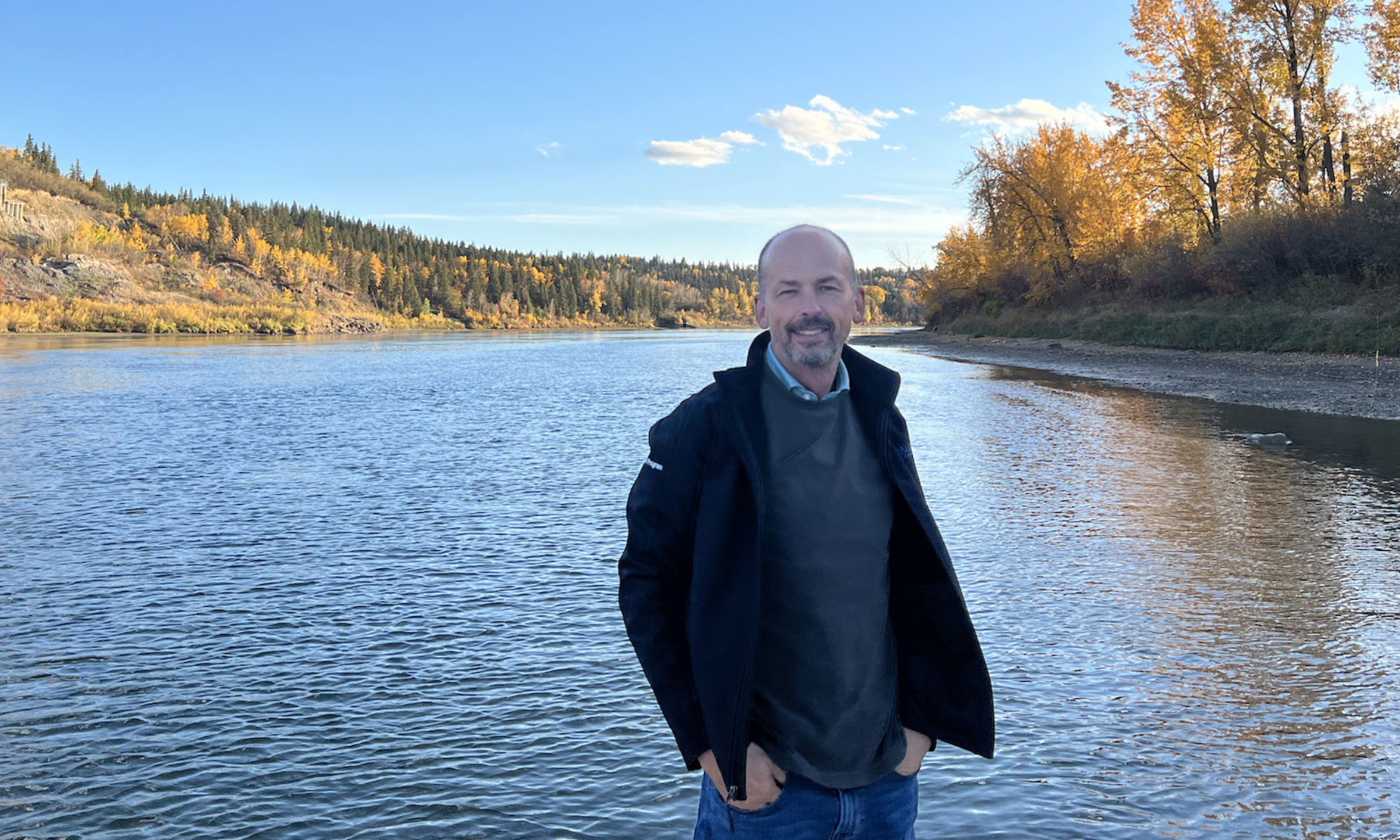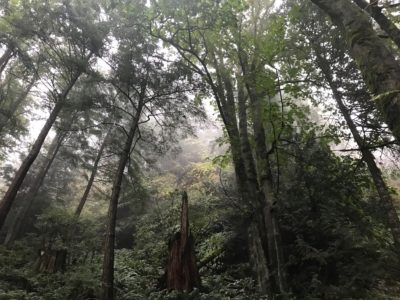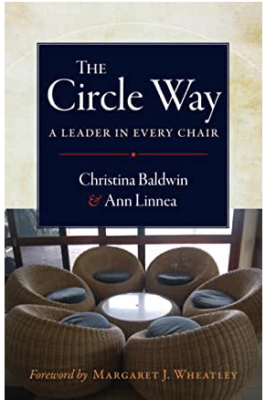
For many years, many of us have been learning to see and work with systems as groups. Many of us have been learning, or re-learning, systems thinking. Many of us have been challenging ourselves to an imagination of seeing more of the whole. Many of us have been wrestling our ways through interrupting deeply engrained societal and organizational patterns of dissect, divide, predict, command, and control.
Oy! That’s quite a sentence, these interruptions that so many of us support — no wonder it can be a bit tiring.
Lately, I’ve been revisiting some materials I have that help make some basic yet clear points of differentiation in systems thinking. These are all about shifts in emphasis that help stir us into, what I would suggest is more fruitful ways of thinking and practicing. I’m grateful to Meg Wheatley and Myron Rogers for feeding and developing such thought.
- From Parts to Whole — Yup, this is the basic point. Can we come to see the team (or the organization, or community, or family) as an entity itself. I’m particularly grateful for learning The Circle Way over the years with this emphasis. So many times I’ve felt that when we begin to speak into a center, depositing our insight and wonder, we are forming not just a collection of parts, but an entity in which “parts” begin to make less sense. We seem to source from something more than any of us as individuals.
- From Objects to Relationships — I love this emphasis because it moves us away from being “thing-oriented” to being “relationship-oriented.” In a recent conversation with a good friend and colleague we were talking about the primary purpose of some work we were doing / teaching together. We both affirmed together that we were trying help ourselves and others engage in a relationship with the material. It’s not a one time thing. It’s an ongoing curiosity. That’s around material and content. This emphasis, however, applies deeply to people in relationship also (don’t forget the whole above). It feels, increasingly, that in times of complexity, that’s when we need more relationship, not less. When we need even more to be alert to our slippery sliding back to the comfort of thinking “things.”
Well, there’s a start. More later this week.






